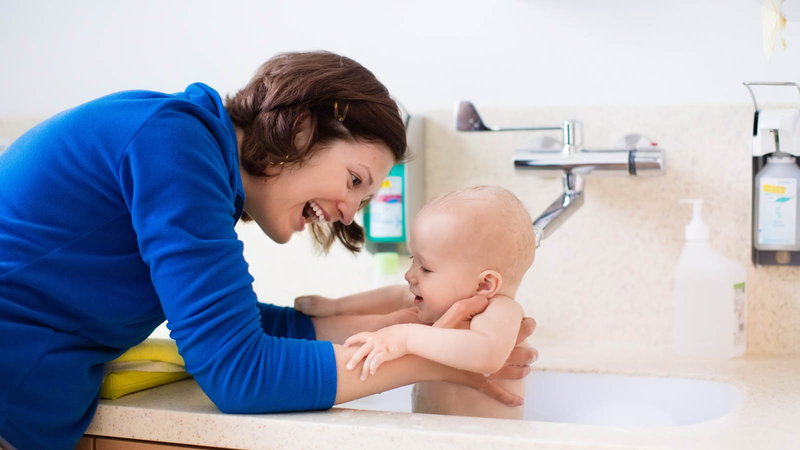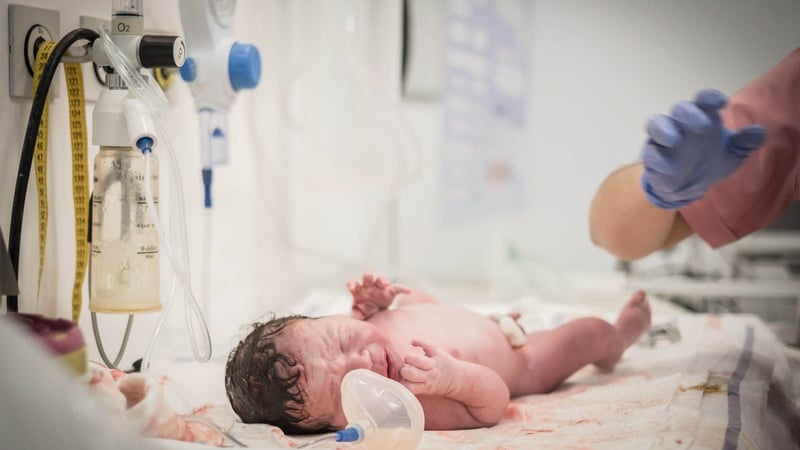
In the early stages of fetal development, the tissues on the left and right sides of the lip and palate fuse together. The two lines below the nose and above the lip are from normal fusion. These lines are also referred to as ‘cupids bow.’ In a child born with cleft lip or palate, the normal fusion of tissues did not take place. The lips and the palate sections develop separately. A child can have cleft lip and not cleft palate or variations of both.
Causes and Information About Cleft Palate
The exact cause of clefts is currently unknown. Some research indicates that clefts are more common in Asians. Boys are also more often affected than girls. Heredity can also be an influence. Sometimes children born with clefts also suffer from other abnormalities.

With cleft palate, the roof of the mouth can be an obvious opening or covered by a thin mucus membrane. In this instance, the cleft is called a sub mucous cleft.
In most instances, cleft palate cannot be detected before birth during an ultrasound. A diagnosis of cleft palate, especially sub mucous cleft, may not be made right away. It is later on when a child exhibits swallowing difficulties or speech problems.
A child with a cleft palate may have little to no breast feeding or bottle feeding difficulties. Prosthetics, called obturators, are available, if needed, for a child who does experience problems. Sometimes formula or breast milk can be accidentally brought up into the nasal cavity, causing discomfort.
Treatment for Cleft Palate
Treating a cleft palate usually involves an experienced team of medical professionals. Surgery is almost always indicated to repair the cleft. Parents are generally very eager to have clefts fixed, but doctors typically like to wait several months. Surgical repair requires placing the child under general anesthesia. Putting a child under comes with its own risks. Waiting for the child to be older and stronger lessens some of the risks, but not all.
While surgically repairing a cleft lip may only require one surgery, repairing a cleft palate is more extensive. Doctors need to take tissue from the inside of the mouth to rebuild the palate. The need for further operations will depend on the severity of the cleft.
Children who have oral clefting may also experience some additional dental problems. While surgery may repair the appearance and function of the palate, it may not be able to prevent the occurrence of missing, malformed or extra teeth. Children born with cleft palates are also more susceptible to cavities.
Another health professional that would probably be involved in the care of a child with cleft palate would be an ENT, or ears, nose and throat doctor. Ear infections are a very common occurrence in young children. This is especially true for children with clefts. The Eustachian tubes are not able to properly drain fluids into the throat from the middle ear. This causes fluid accumulation along with pressure in the ears. Children with clefts are also at increased risk for hearing loss from repeated ear infections.
Growing Up with Cleft Palate
As a child with cleft ages, the need for a speech therapist may be necessary. Many children with clefts have difficulty learning to speak. A speech therapist would work with the child and the parents and give instructions on activities and exercises that can be performed to help improve the child’s speech. If additional surgeries are needed, a speech therapist would continue to aid the child and the family.

Many parents are concerned about their child’s future appearance. With advances in medicine, plastic surgeons are capable of making scarring minimal. The greatest hurdle in repairing a cleft is making the face symmetrical.
Children with clefts are going to need a lot of support as they grow. Kids can be mean, especially about appearances. Kids and teens may have to face teasing from their peers. Children can experience low self esteem and depression. Support groups may be beneficial, as the child can interact with other kids with similar experiences. Involvement with teachers and counselors can be helpful also.
Just because you’ve had a child with cleft, does not mean you’ve done something wrong. Improvements are continuously being made to improve the quality of life and appearance of children with clefts. It is completely normal and natural to experience a wide variety of emotions. You’re not alone. Don’t be afraid to share your emotions with others and to reach out for help for yourself.
